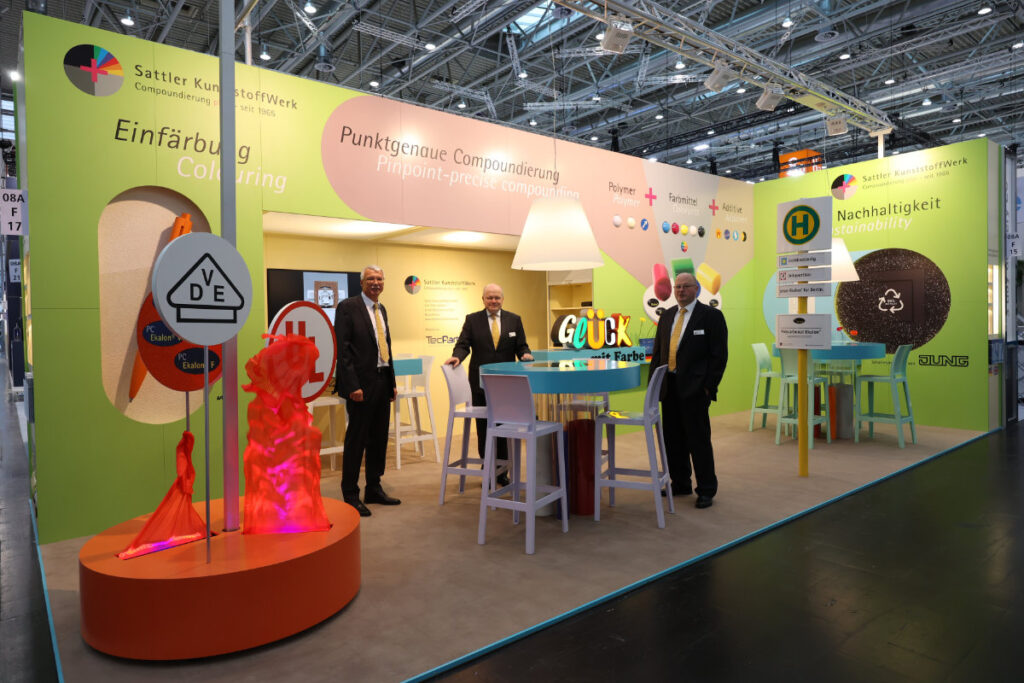PRECISELY SOLID-COLOURED GRANULATE.
In every technically possible colour.
We bring your
desired colour
to the plastic.
No matter how you tell us your colour preference, we will deliver the compound in exactly the right colour.
Here you will find an overview of frequently used colour systems. What they all have in common is that they describe colours and the relationships between shades in a clear and comprehensible way.
The colour systems thus serve as a colour template for communicating your colour requirements. They are also a comprehensive source of information and inspiration for your individual colour ideas.
Do you already have a colour template? No problem! We look forward to receiving your enquiry.
- HKS
- HSV
- Country Colour System
- Le Corbusier
- Munsell
- NCS
- Pantone
- RAL
- RGB
- 3D-System Plus/Caparol
- Granulate Sample
- Individual Colour Sample
- Specific Colour Request
OUR COMPOUNDS AND RecyclingCompounds ARE utilised IN a variety of end-use products, including:
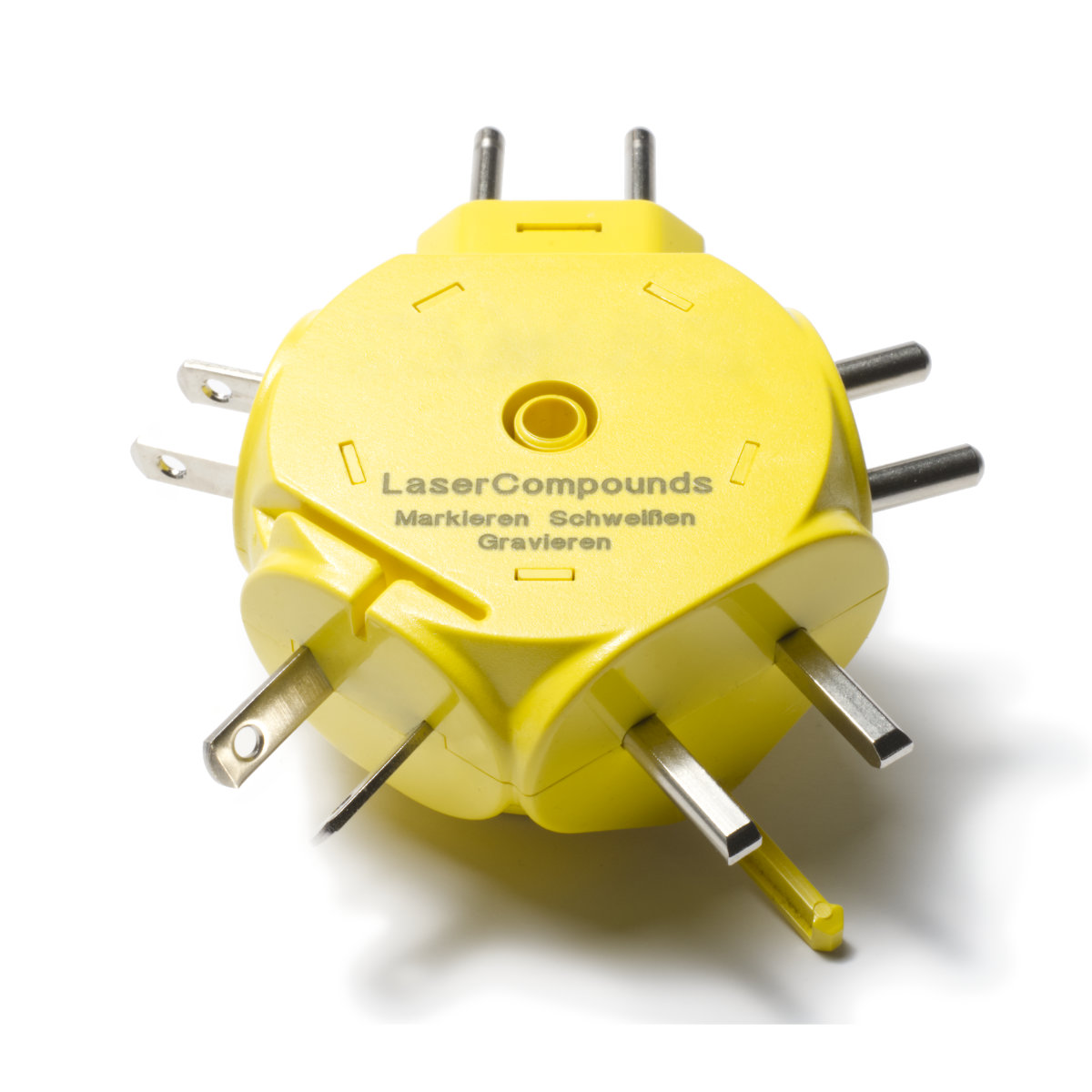
In order to fulfil this task reliably, the compound for the housing cover is predominantly coloured with translucent colourants, while the compound for the housing is coloured with opaque colourants. The formulations for these laser-weldable Sattler Compounds and RecyclingCompounds are specially developed at Sattler Kunststoffwerk GmbH to achieve barely visible colour differences.
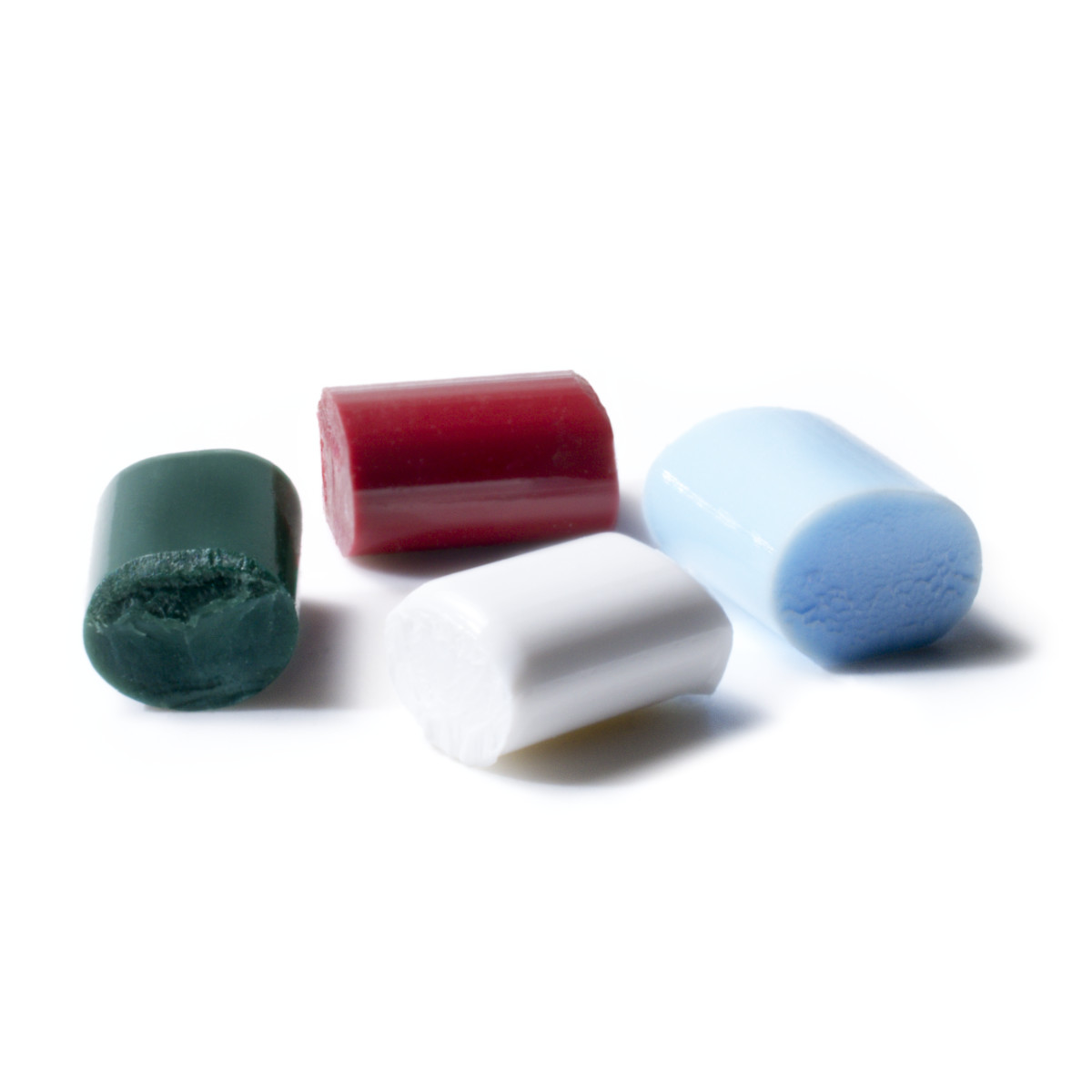
Compounding and recycling since 1965: Since the beginning of our production activities, we have practised resource-saving handling of plastic raw materials. In addition to the production of coloured thermoplastic granulates or compounds from virgin materials, we also produce compounds from secondary raw materials using a recycling process. The quality level of our plastic granulates meets the requirements for visible parts 100 percent in all cases, even for colour-sensitive applications such as assembly parts in home and building technology.
RecyclingCompounds
for high-quality visible parts
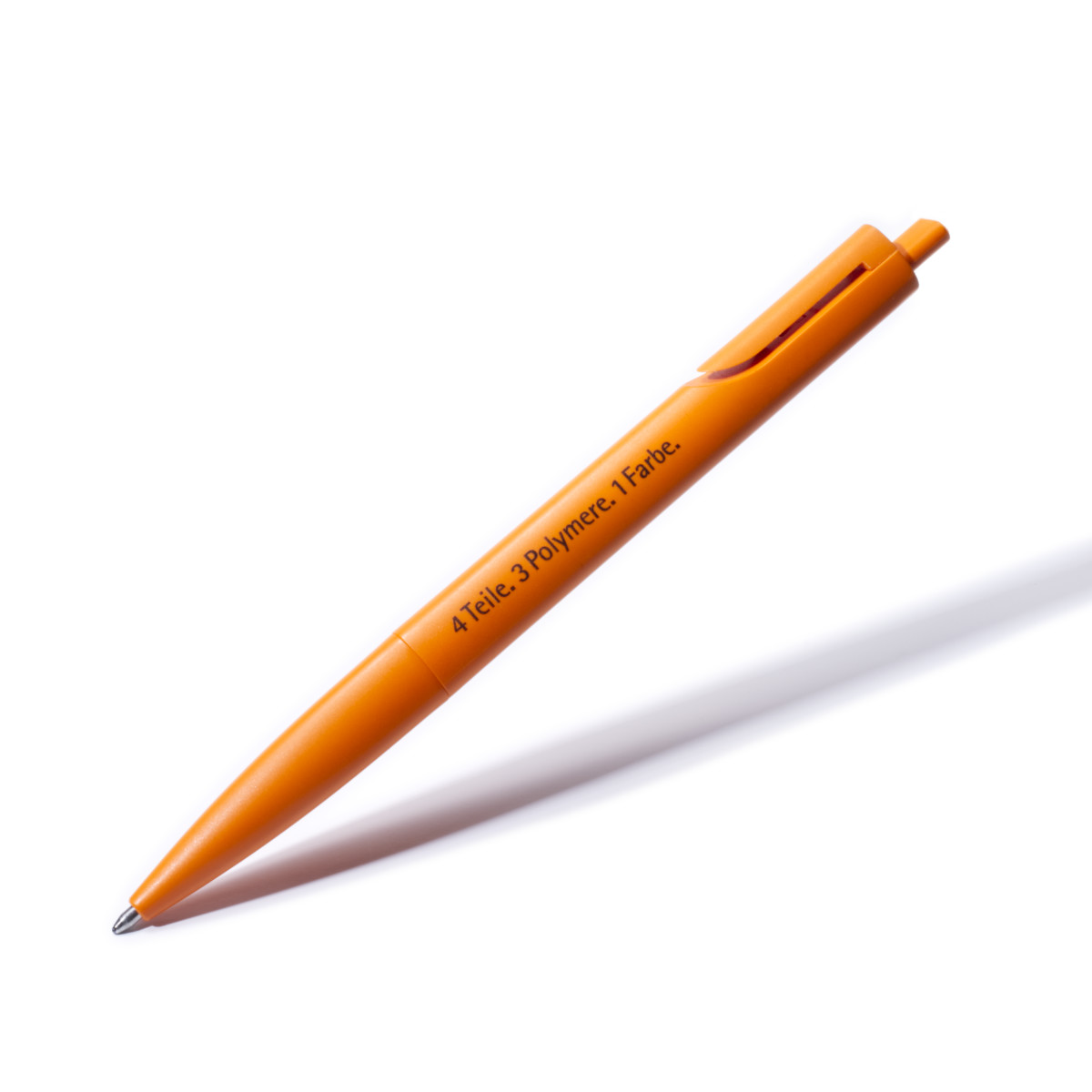
4 Parts. 3 Polymers. 1 Colour
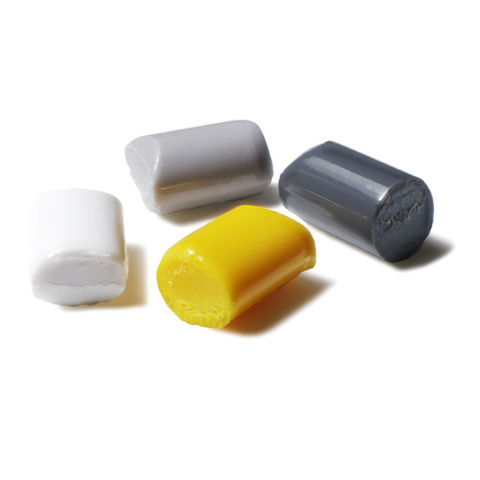
In contrast to metallic materials, both properties can be combined in thermoplastic compounds. Sattler Compounds and Recycling Compounds are always coloured according to customer specifications. In this way, you receive high quality, and directly processable plastic granulates. Our Sattler Ekalon® PC Compounds are also flame-retardant and UL-listed.
Thermally conductive and electrically
insulating at the same time: Sattler
Compounds and RecyclingCompounds
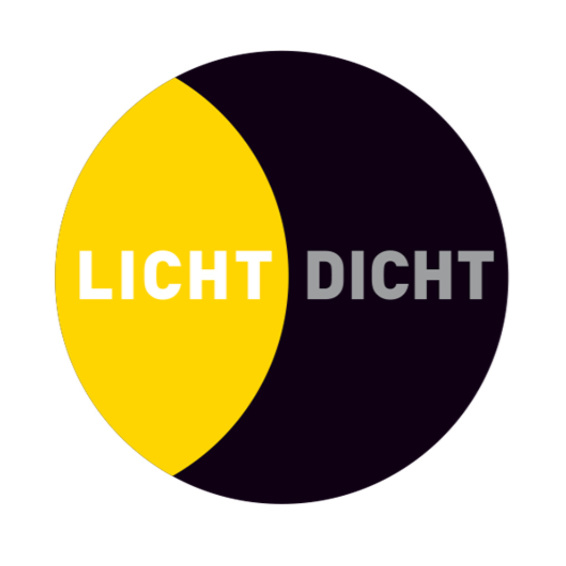
Light-Tight and Light-Diffusing
Compounds and RecyclingCompounds
for LED-technology applications

